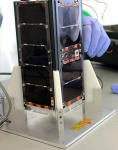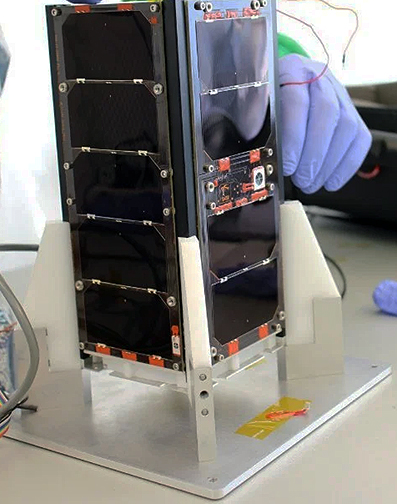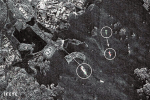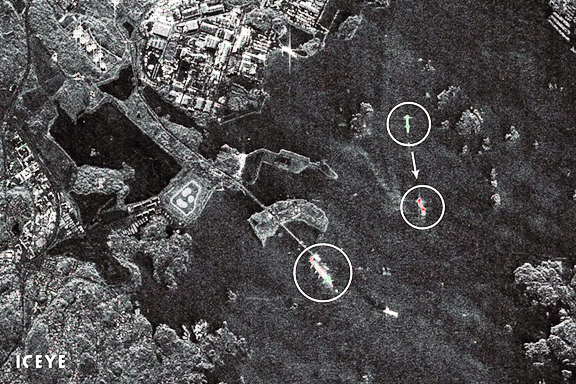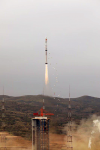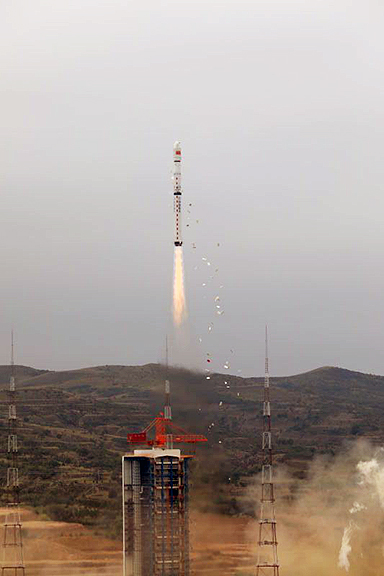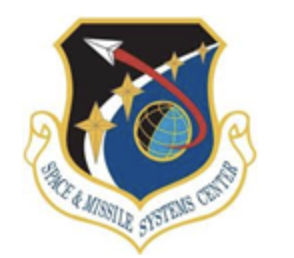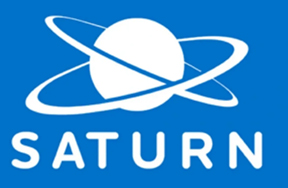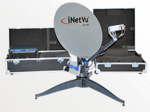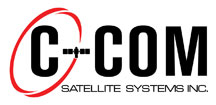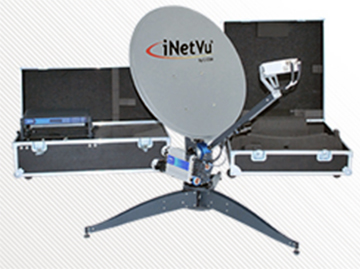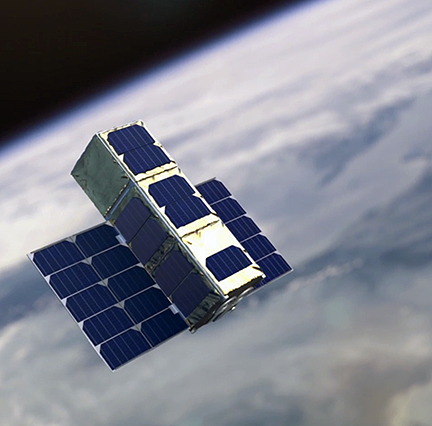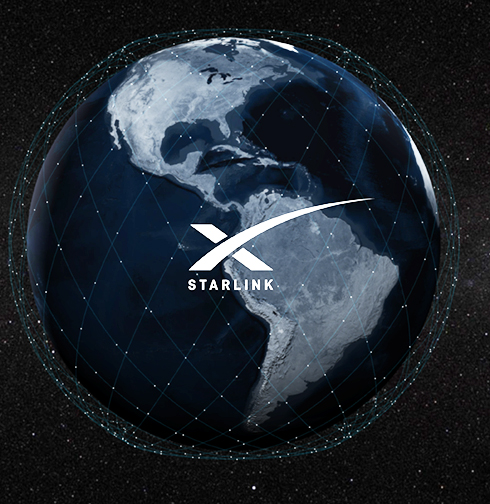
Firefly Aerospace has added two members to the company’s Advisory Board — these new appointments are Terry Boardman and General James Cartwright.
Terry Boardman brings 35 years of expertise from Alliant Techsystems, where he served as Chief Engineer for the Space Shuttle solid rocket motor program and later as Director of Space Launch Propulsion. In this capacity, he was responsible for engineering effort on all NASA space launch propulsion programs at ATK, including the Shuttle flight program, Ares Stage 1 development, Ares l-X flight demonstration, five segment booster development, Booster Separation Motor program, and Launch Abort Motor program. Terry holds BS and MS degrees from Caltech and is a recipient of the Rotary National Stellar Award for Space Achievement.
General James Cartwright retired from active duty on September 1, 2011, after 40 years of service in the United States Marine Corps. General Cartwright served as Commander, U.S. Strategic Command, before being nominated and appointed as the 8th Vice Chairman of the Joint Chiefs of Staff, the nation’s second highest military officer. General Cartwright served his four-year tenure as Vice Chairman across two Presidential administrations and constant military operations against diverse and evolving enemies. He became widely recognized for his technical acumen, vision of future national security concepts, and keen ability to integrate systems, organizations and people in ways that encouraged creativity and sparked innovation in the areas of strategic deterrence, nuclear proliferation, missile defense, cyber security, and adaptive acquisition processes.
Further, Firefly announces that Robert Lightfoot has left its Advisory Board for a position as Vice President of Strategy and Business Development at Lockheed Martin.
Firefly CEO Dr. Tom Markusic said the company thanks Robert for the valuable insights he provided Firefly and wish him the best in his new role at Lockheed. Robert has been a great friend and advisor for Firefly and the firm looks forward to maintaining a relationship with him in his new role. Firefly is excited to have Terry and James join the Firefly advisory board. Their experience and acumen will help guide Firefly’s efforts to fulfill the company’s mission of providing the reliable, convenient, and frequent access to space that the customers critically require. The future of the space economy is being created now, and the wide breadth and depth of experience of the full Firefly advisory board will further enable Firefly to create a cis-lunar space company that fully executes on the expansive opportunities before the firm as a company and as an industry.

For all involved in the satellite and space industry and the various market segments that add value to these dynamic environments, the 2020 SmallSat Symposium is truly worth your consideration for attendance.
The SmallSat Symposium is hosted by Satnews Publishers which, since 1983, has been a provider of a satellite news, media and events. This information packed forum was created to enable you and your company to secure a larger portion of market share as well as to take part in the next stages of your company’s or organization’s growth.

The personal connections at the SmallSat Symposium enable attendees to network with established organizations, subject-matter experts as well as ‘New Space’ entrants.
The SmallSat Symposium will focus on new technologies and the business environment that is shaping the implementation of smallsat constellations, smallsat launchers, the challenges facing the smallsat developer and actors as well as the enormous benefits of these advanced technologies that will benefit our world.
This event assembles more than 100 diverse speakers, all of whom possess deep industry experience. Additionally, numerous opportunities exist to mingle and network with peers while enjoying exceptional, complimentary meals and refreshment breakfast.

